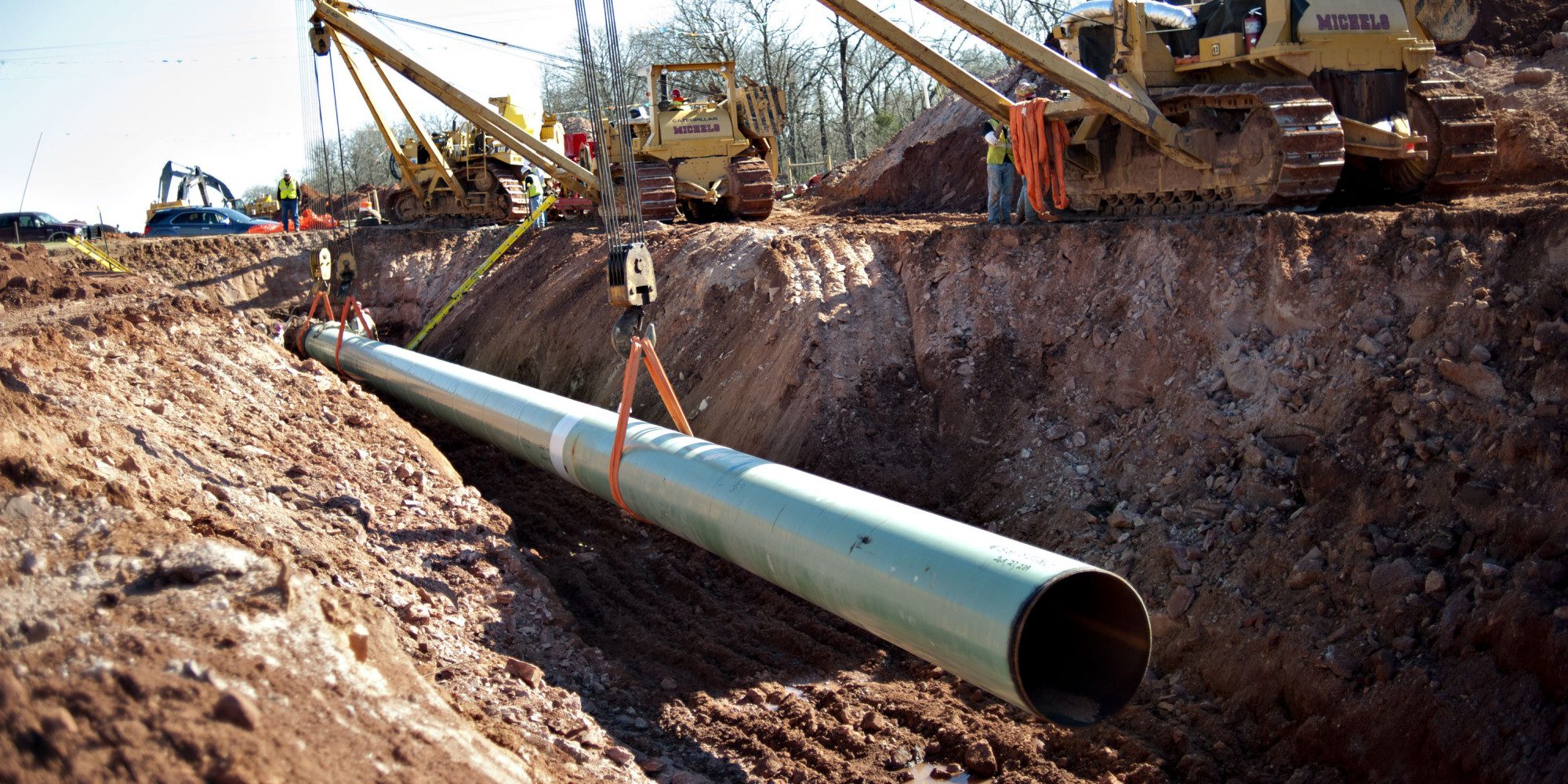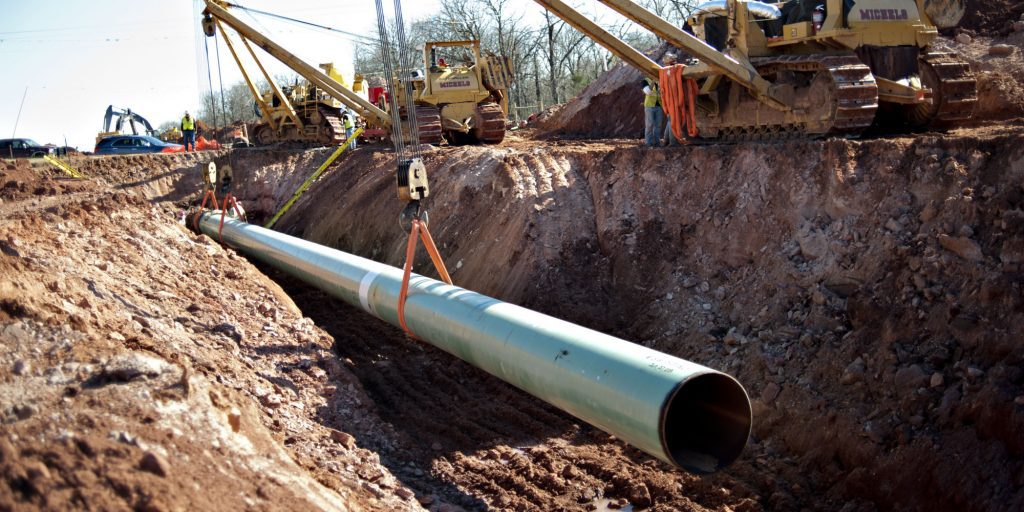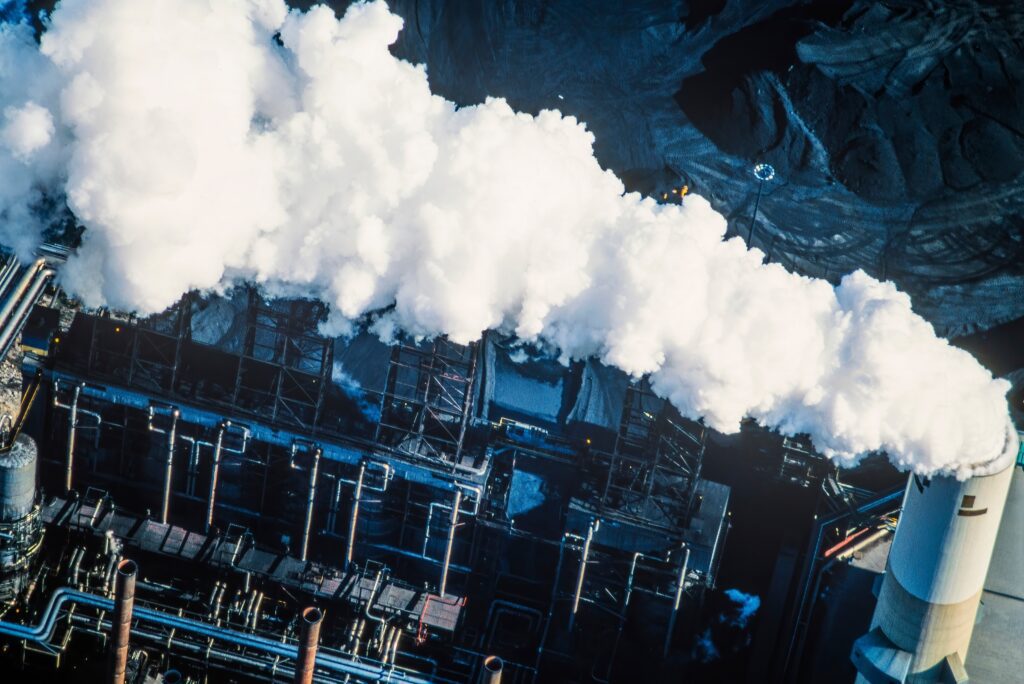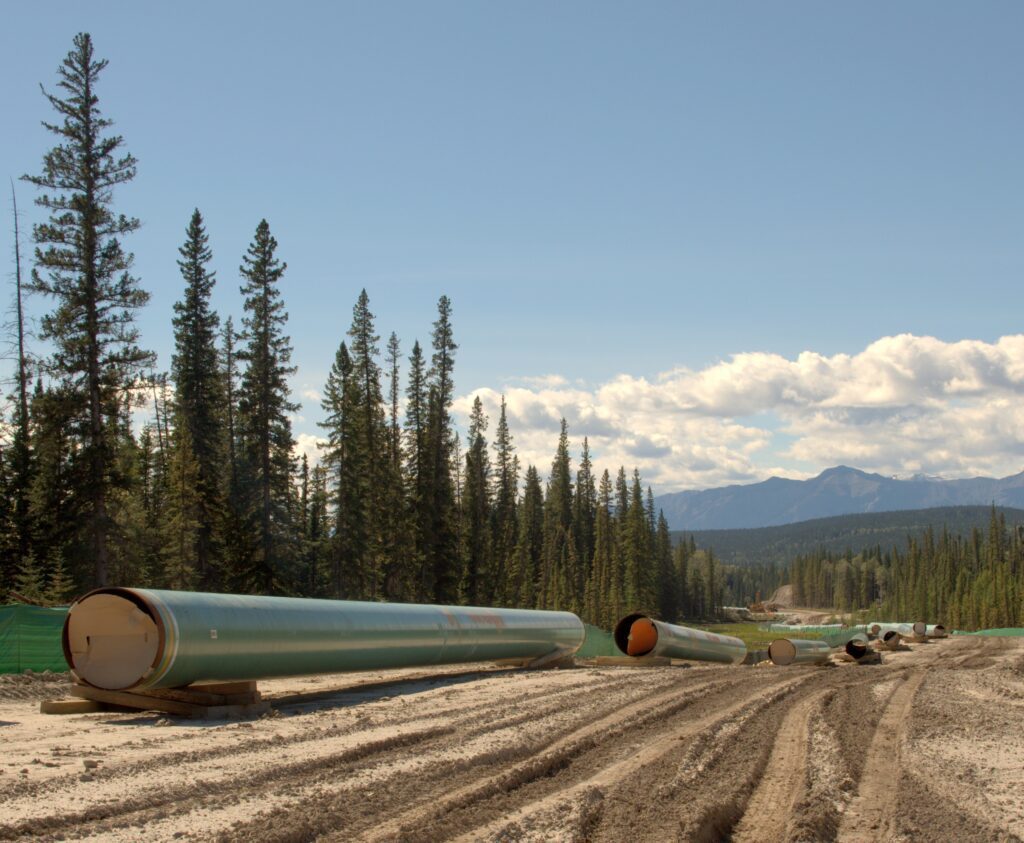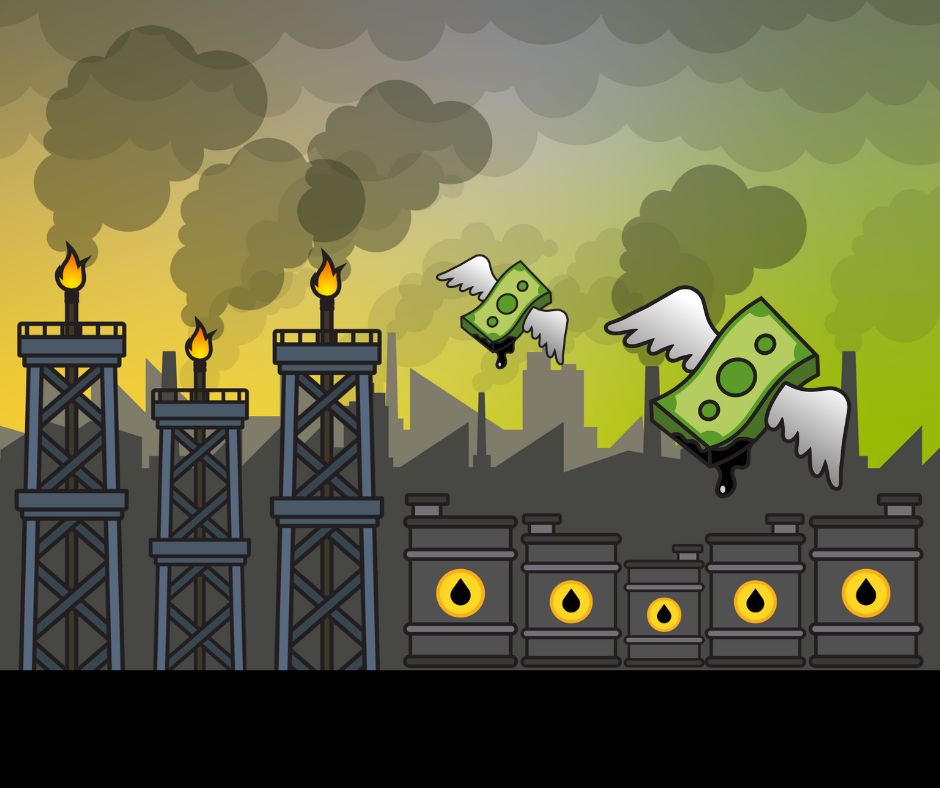The federal government is undertaking a modernization of the National Energy Board (NEB), Canada’s federal energy regulator that reviews major energy projects like the proposed Energy East pipeline. You can help: Now’s our chance to fix the NEB.
After years of controversy, Canadians lost confidence in the NEB’s objectivity and ability to determine if energy projects are in the public interest. Instead of protecting our land, water and climate, the NEB put industry priorities first.

- NEB Modernization is an opportunity for the federal government to restore public confidence in pipeline reviews. Photo credit: Daniel Acker/Bloomberg via Getty Images
The federal government admits the NEB is broken and promised to fix it. This is our opportunity to build a 21st century energy regulator that’s inclusive, evidence-based, transparent, and aligned with Canada’s commitment to transition to a low-carbon economy.
These are six key ways to modernize energy regulation in Canada:
1. Climate test. Energy regulation and energy project review should be aligned with Canada’s climate objectives. Canada has made a clear commitment to tackle climate change in line with the Paris Agreement to strive to limit global warming to 1.5°C. The federal government adopted targets to cut carbon pollution by 30 per cent below 2005 levels by 2030 and 80 per cent by 2050. Now we need a process to ensure that the regulation and review of energy projects supports, not compromises, these commitments. If an energy project, such as a pipeline, is not aligned with Canada’s climate commitments and the Paris agreement, the project should be rejected.
2. Independence and Transparency. The energy regulator must make decisions free of bias and based on independent evidence that is freely available to the public. Independence should be established by avoiding any potential conflicts of interest between industry, consultants and the energy regulator. Independence should also be established through the regulator’s funding model and the selection criteria, expertise and mandate of NEB members that review energy projects. The requirement that permanent NEB commissioners reside in Calgary should be removed to ensure diverse regional representation.
3. Full public participation. The energy regulator should allow the full participation of the public and all interested parties in evidence-gathering, decision-making and monitoring. Canadians should have access to the information, resources and expertise required to assess energy projects. The public should also be able to question and cross-examine project proponents and the information they submit to project reviews. The energy regulator should provide funding to interested parties to participate in evidence-gathering, decision-making and monitoring of energy projects. The funding program can encourage parties with similar interests to group together.
4. Indigenous reconciliation. The energy regulator should conduct its work in the spirit of reconciliation with Indigenous peoples. The federal government signed the United Nations Declaration on the Rights of Indigenous Peoples and publicly stated that its relationship with First Nations is its most important. This should be reflected in energy regulation. Indigenous groups and peoples must be enabled to participate fully in all stages of regulation, decision-making, monitoring, management and governance of energy projects that affect their traditional lands.
5. Environmental Assessments should be conducted by an environmental body, not the NEB. Energy regulation and project review should be recognized as distinct from, but closely linked to, environmental assessment. Energy regulation and environmental assessment should each fully inform the other. The deep expertise needed to assess the environmental impacts of projects should be developed and maintained within a revamped federal EA authority. But an energy regulator should inform the EA process with an assessment of the needs of an energy project consistent with Canada’s climate commitments.
6. High-quality energy data. The energy regulator should produce and gather rich, comprehensive data on the state of and projections for the Canadian energy sector. Currently, the NEB relies on industry data, uses oil and gas supply and demand scenarios that ignore climate science, and leaves gaps in the stats about transportation of oil and gas in Canada. The NEB should follow the lead of model energy regulators in other jurisdictions and produce higher-quality, accessible data, including oil and gas supply and demand scenarios in line with the Paris Agreement. The link between energy regulation and climate objectives should be explicitly recognized in legislation governing the energy regulator. The regulator should be provided with adequate financial resources and new expertise to fulfil these responsibilities.
If we get NEB modernization right, we won’t have to fight wrong-headed pipeline projects anymore. This is our chance to fix the NEB: Take action today.
For more details about NEB modernization and regulation, check out this report from our friends at the Pembina Institute.




